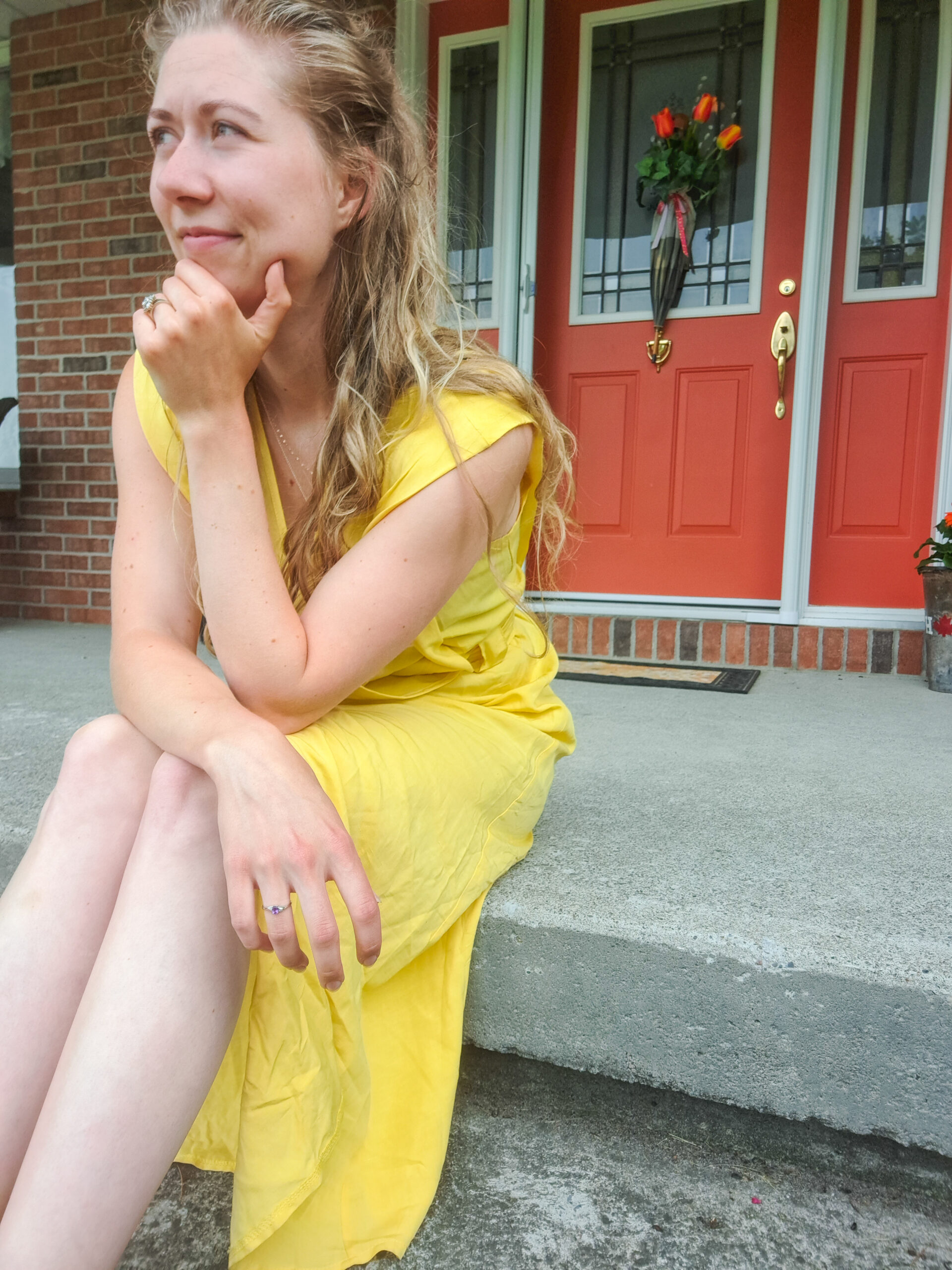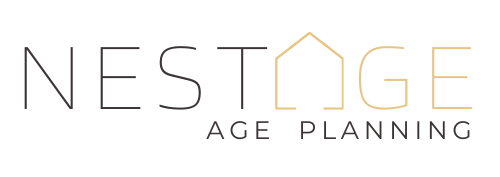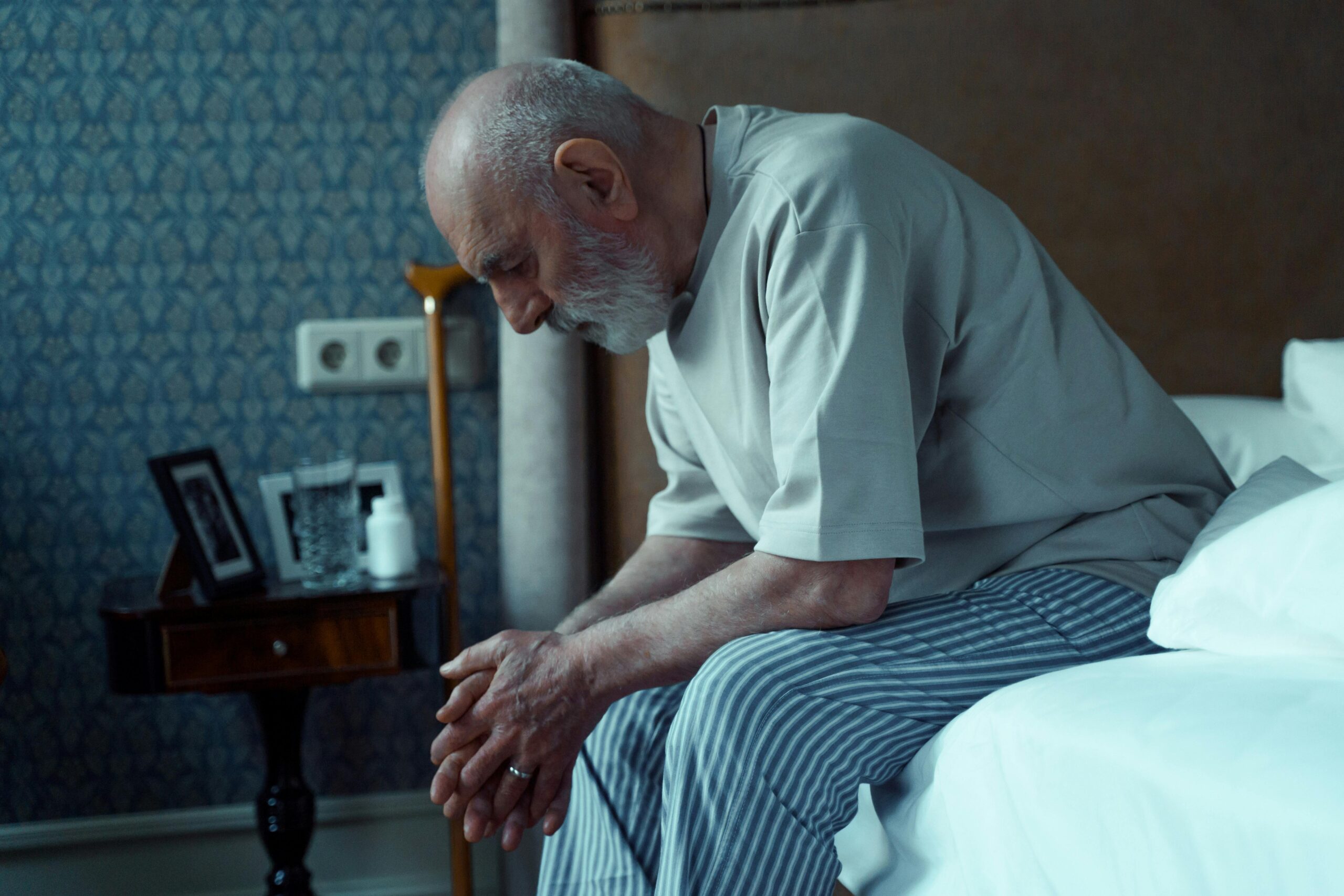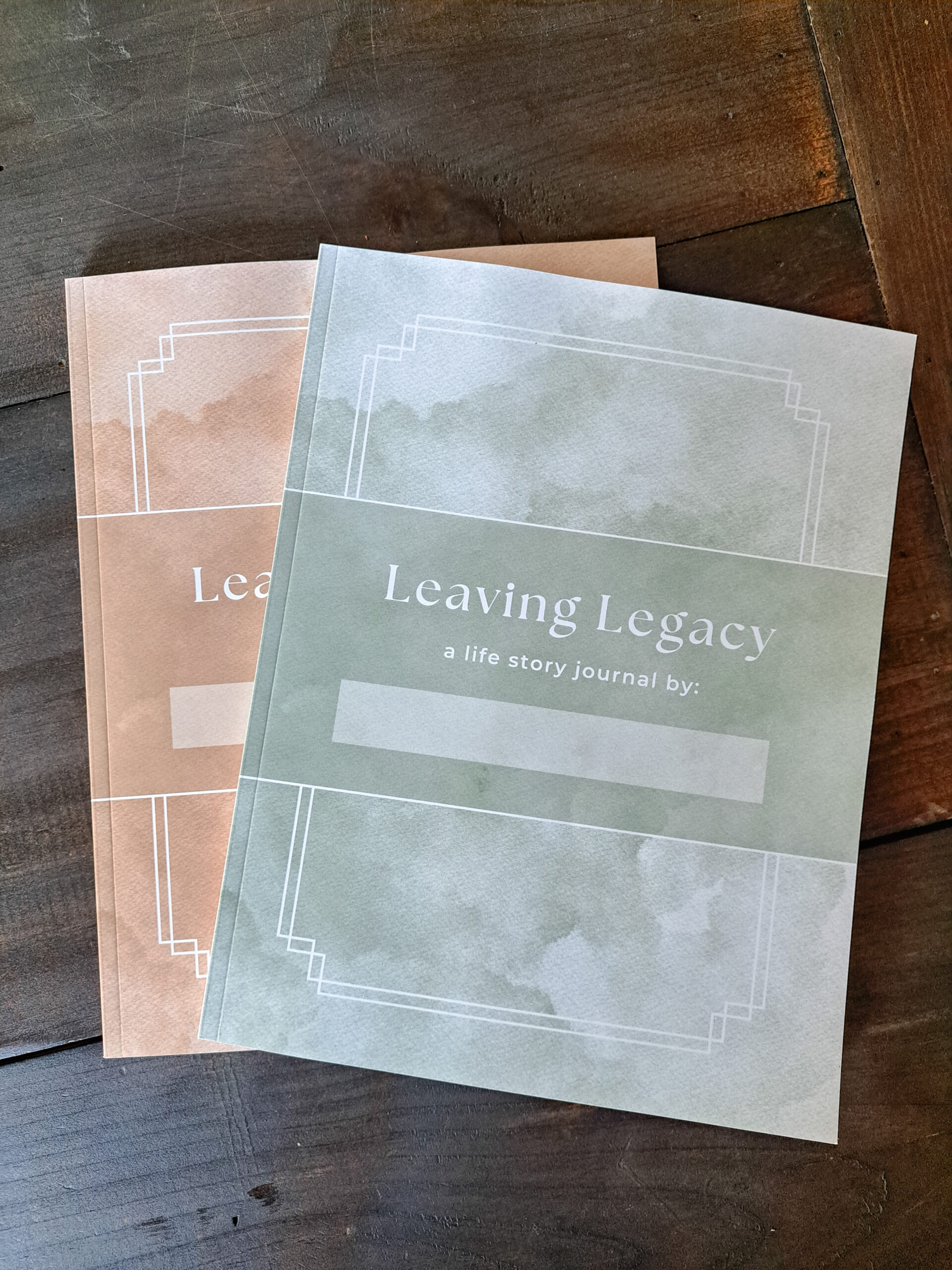LISTEN to the podcast of this blog post on Spotify:
WATCH the podcast video on YouTube:
In this series of podcast/blog episodes, I share real-life stories and experiences from my clients and people I have chatted with through a decade of working in the aging sector. Below is a summary of how each podcast/blog is outlined.
*Details of all podcast/blog stories are adjusted to ensure confidentiality of all parties.
In this episode :
- The Situation – What the client was experiencing or the circumstance they were facing.
- The Client – How the client was perceiving and responding to the situation – their mindset, emotions and result.
- The Guidance – How I helped shift their perspective to renew their mindset, emotions and result.
The Situation

I had a client last year who was 65 and had just retired.
He lives with his wife, who is about 12 years younger than him. He was the type of guy who was very organized in his files and documentation and thought about all the possibilities and options, etc., etc.
So when I met him and told him about my business and how I serve people through Age Planning, he was very intrigued and wanted to work with me.
When I sat down with him the first time, it was just him and I in the conversation. He wanted to flush some things out in his own mind before bringing his wife into the conversation.
He identified his wife as not being overly open to conversations about his Age Planning and end of life planning. She was more in the mindset of ‘we’ll deal with it when it happens and not a moment sooner’.
When we started chatting about things, he had already done a lot of Age Planning himself. He was well versed and very prepared in his finances and a will and estate plan, and he had purpose and a mission for his retirement years with his hobby farm.
The Client

MINDSET & EMOTION
The more we talked about planning physically for aging with health conditions and concerns, or planning environmentally for aging with how he functions in his home and community, or mentally with the possibility of cognitive decline…
…in everything we talked about, he was operating under the assumption that his aging needs and challenges would always develop before his wife’s would because of their age gap. Or that his wife would always be there and be able bodied and have the capacity to care for his needs.
And at the end of that first session, I said to him “How does it make you feel to know that your wife is there to support your needs as you age?”
He said it was a very comforting feeling. That he wanted to have deeper and more expansive discussions with her about aging and what their future might look like, but that he was very grateful to have someone willing to care for him.
RESULT
Then I said, “My next question is coming from a very caring and intentional place, because I want you to see the full picture of possibilities. Have you ever considered how your aging needs will be met if you do not have your wife to care for you or she is unable to care for you?”
And he kind of looked at me with a blank face for a second and I think he was processing that no, he had in fact never thought of that possibility, because he was always operating under the thought that ‘she is 12 years younger than me and I will have all the aging challenges 12 years ahead of her.’
He said ‘She is very healthy and active and I hadn’t considered the possibility of her not being here…’ and he continued to process, ‘but your right, as much as I don’t want to think about it, she could get in a car accident, or a stroke or be diagnosed with cancer…’
My goal here is never to move people into the unending ‘what ifs’ because that is a rabbit hole of possibilities that goes forever and feels very heavy.
My goal IS to ensure, that individuals or families are not stuck planning on a ‘one-track’ mindset, believing everything they plan for is exactly as it will be.
Jess Davis
We have to realize and be open to the ever flowing changes of life. There is a way to plan for aging and open up the proactive conversations around aging that still allows breathing room for the ebbs and flows of life.
But we can’t plan with rigidity and expect to rely on one path panning out exactly as we think it will.
The Guidance

So I left that conversation with him and told him that I wanted him to simmer on that thought. That all his planning was hinging on the single belief that his wife would be available and capable of caring for him or navigating with him as he aged.
And I could tell he took that to heart and understood what I was trying to show him and make him process through. Which I was thankful for because I never want to upset people in these conversations…but this is life right?
If you aren’t talking about the inevitability of our life cycle and death, then I don’t think you’re truly living. Because, by actively acknowledging and contemplating death, you are able to more fully engage with life. Or I heard someone put it once as something like – considering your mortality can make you value life more deeply.
RENEWED RESULT
The next time I met with this gentleman, he was so eager to dive back in to the thought I had left him with.
He wanted his wife to sit in our conversation this time because she had kind of come around to talking about it all.
He had shared with her one of the frameworks I created called Aging Conversations and upon them reflecting on it together , it spurred them into a shared emotion of fear.
They both realized that they were more afraid of having to navigate their aging needs alone in the future, than they were of openly talking about it now.
And that was a pivotal realization for them because it brought them together on the same page.
Jess Davis
They bonded over that fear of accepting that they could potentially lose one another and have to navigate all this without the other person. That terrified both of them.
So they used that fear to kickstart themselves into proactive conversations together. And they told me they were actually gaining comfort and a sense of calm for their future, just based on the fact that they were able to have these conversations together and now.
They don’t have to wonder what each other’s answers will be when they have to ask the tough questions in hard moments or crisis situations in the future.
So they are both in the motions of proactive and holistic Age Planning now. And they’re doing it together and as a family – they’re looping their kids in on the conversations when they think its necessary or when they’re comfortable doing so.
A Note on Aging Conversations
I want to circle back to the Aging Conversations framework I mentioned earlier, because that is 1 of 3 frameworks that I expand and explain in my mini-course, which is called The Ageucation Mini-Course.
It’s a really great starting point or first step into understanding Age Planning and how I teach Age Planning to my clients. I would encourage you to watch the 6 videos that make up this mini-course to create a firm foundation for yourself and your family in Age Planning.

3 reminders before you go –
#1. Go check the show notes for any resources or links I mentioned in this episode that peaked your interested. (I link these directly in the blog above.)
#2. Please share this episode with a friend whom you think it would bless. Because in order for more families to benefit from my Age Planning resources, I need listeners like you to spread the word.
And #3. I would love to hear from you – email me with your thoughts on this episode, or to suggest a topic you’d like to hear on a future episode. Find my email in the show notes.
And remember, we’re all aging. Aging is the same as Living. And it is a privilege to live and to age.
Jess



